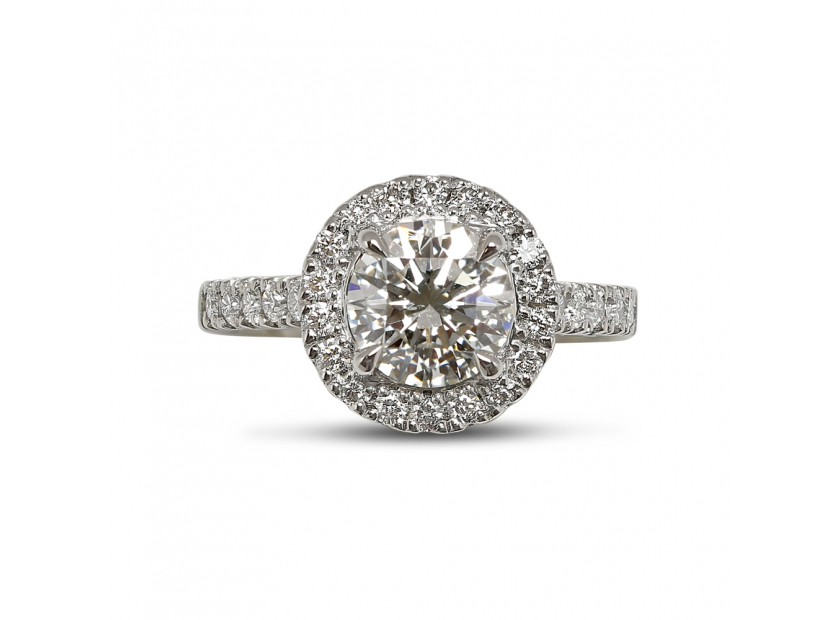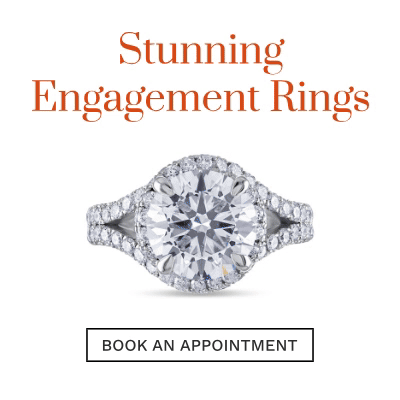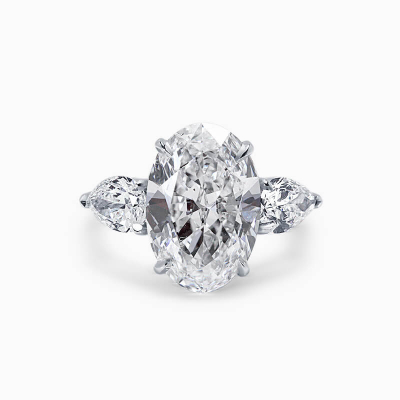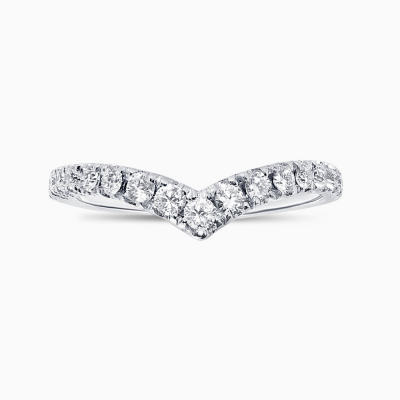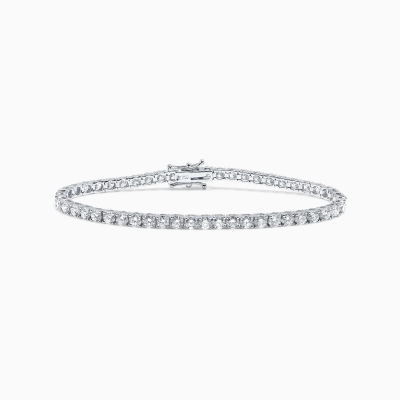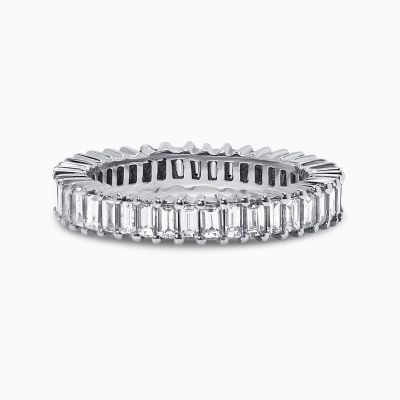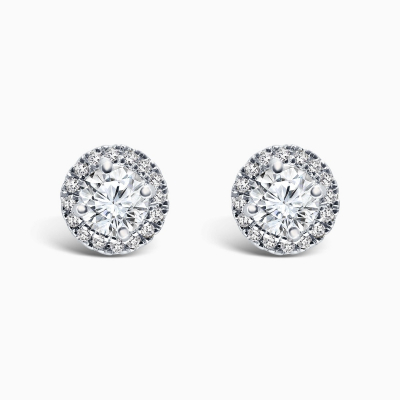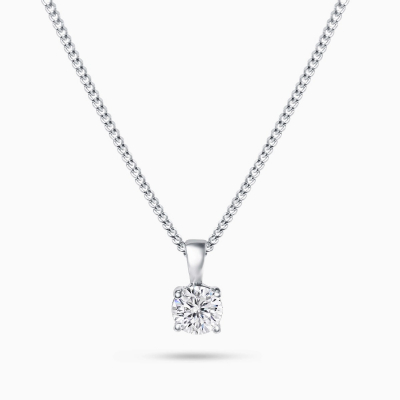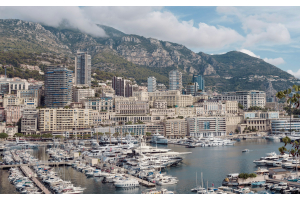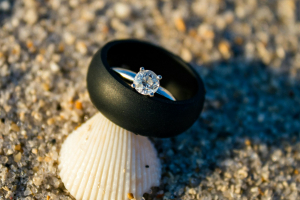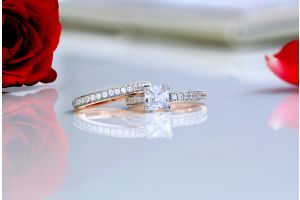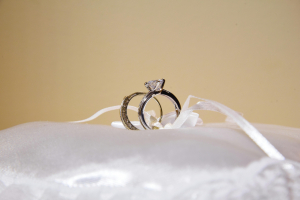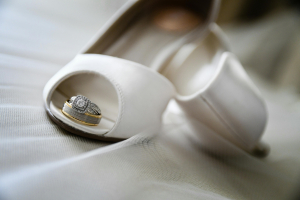GBP
/
GBP
/
Shipping to:
Currency:
A Guide To Halo Engagement Rings
Halo engagement rings are very much on trend for today’s modern bride-to-be looking for an engagement ring that makes a modern and distinctive statement yet is also a classically timeless design. Halo engagement rings feature a central round diamond surrounded by smaller diamonds (round pavé or micro-pavé diamonds) or other gemstones, which give it a ‘halo’ effect. Not only is the halo setting a beautiful design that demand attention, but it also offers the benefit of making the central diamond look up to half a carat larger than it actually is!
This makes the halo engagement ring the ideal choice for couples who are working to a budget as means that a smaller diamond can be chosen without the sacrifice of perceived size and still retaining that ‘wow factor’ of a show stopping piece. For this reason alone it is easy to see why Halo engagement rings are so popular, but there is more to the design than just good looks. It has a very interesting history that has been inspired by many design movements and trends throughout the decades. What to find out more? Let’s take a look in more detail at Halo engagement rings
The origins of the Halo Ring
Whilst halo engagement rings are often considered to be a very modern design, in actual fact the origins of the halo design can be traced back as far the early Georgian era of 1714-1837. Halo engagement rings during this period in history had smaller diamonds or even pearls surrounding the central stone. During the Victorian era of 1837- to 1901 the halo design became very popular. The design metamorphosed to become the imitation of a flower where coloured gemstones such as sapphires were used as the central stone and the smaller surrounding diamonds were triangular cut to give the illusion of petals.
The history of halo engagement rings in more recent decades
The halo engagement rings that we see in our jewellery stores today originated in the frivolity of the Art Deco era of the roaring 20s. The Art Deco movement was all about symmetrical patterns and geometric lines combined to create show stopping items of jewellery. This made the halo design especially suitable for adaption with its concentric circles surrounding a centre stone perfectly suiting the Art Deco style. Halo engagement rings of the Art Deco era featured cushion cut or rounded diamonds at the centre of the ring with an intricate pattern of tiny round diamonds providing an elegant frame. Jewellers of this era also used coloured gemstones such as emeralds, rubies and sapphires for the central stone and it was also during the Art Deco period that they began to use the techniques of filigree and milgrain for the small diamonds which are still seen in many modern Halo Engagement Ring designs. These elegant designs of halo engagement rings were indicative of the Art Deco era which was all about opulence, decadence and luxury and it was the aspiration of every flapper girl of that era to own a halo engagement ring. Fashion trends came and went in the past they do today and the popularity of the halo engagement ring was no exception.
Explore Our Collections
The Great Depression was a time of austerity and so sales of halo engagement rings declined as with many items of jewellery. The glamour of Hollywood during the 1930s to 1940s saw this iconic design remerge as all the showbiz and glitz surrounding this time was epitomised by the sparkling brilliance of the halo design. Word War Two saw sales of halo engagement rings fall once more as hard times hit once again but resurgence in popularity for halo engagement rings was just around the corner when Art Deco styles once more became on trend in the 1950s and ‘60s. During this time the style of halo engagement rings was far more opulent and eye catching than previously and the designs included flashes of coloured gemstones harking back to the designs of Victorian times. From the late 1970s to the 1990s halo engagement rings once again started to decline as the choice of brides-to-be but with the resurgence in popularity of all things vintage in the past decade halo engagement rings have once more become the design of choice for many modern day couples. Currently halo engagement rings are showing no signs of going away and sales of halo engagement rings remain strong.
Halo engagement rings of today
Modern day designs of halo engagement rings are still very much reminiscent of the original designs from the Art Deco period but with an added modern twist accommodating any cut of diamond that a couple wants. The design of halo engagement rings continues to evolve with double halos, bold shapes and asymmetrical patterns with a nod to vintage inspired engagement rings and bold dramatic sparkle created by the addition of pave diamonds.
Selecting the perfect halo engagement ring
When choosing a halo engagement ring there are a few factors to consider. Firstly decide upon the style that you feel will best suit the shape of your hand and fingers. For example a hexagonal halo is ideal if you would like a more vintage look, for total dram go for a double halo or for those who love maximum bling and sparkle a round diamond will give the illusion of looking very much larger than it is when set in a cushion-shaped halo. Next is your choice of cut for the centre diamond. Part of the beauty and appeal of halo engagement ring is that they can be designed around many different diamond cuts such as Princess, Round, Oval, Cushion, Emerald, Marquise etc. It is up to you which cut suits your style and tastes and of course matches your budget. The metal setting for your halo engagement ring is another consideration and this is very much dependent upon personal choice as halo engagement rings look fabulous in either 18ct White Gold, Platinum or 18ct Yellow Gold. Currently two-tone settings are very popular for those who love a truly modern twist in this classic design.
Halo engagement rings on the red carpet
Many A-listers have been seen wearing their halo engagement rings on the red carpet including Jessica Biel, Scarlett Johannson, Mary-Kate Olsen, Kaley Cuoco Katherine Heigl, Molly Sims and Nicole Richie. But perhaps one of the most recently famous is halo engagement rings was the fabulous Art Deco inspired halo vintage engagement ring that James Matthews gave to fiancé Pippa Middleton on their engagement.


